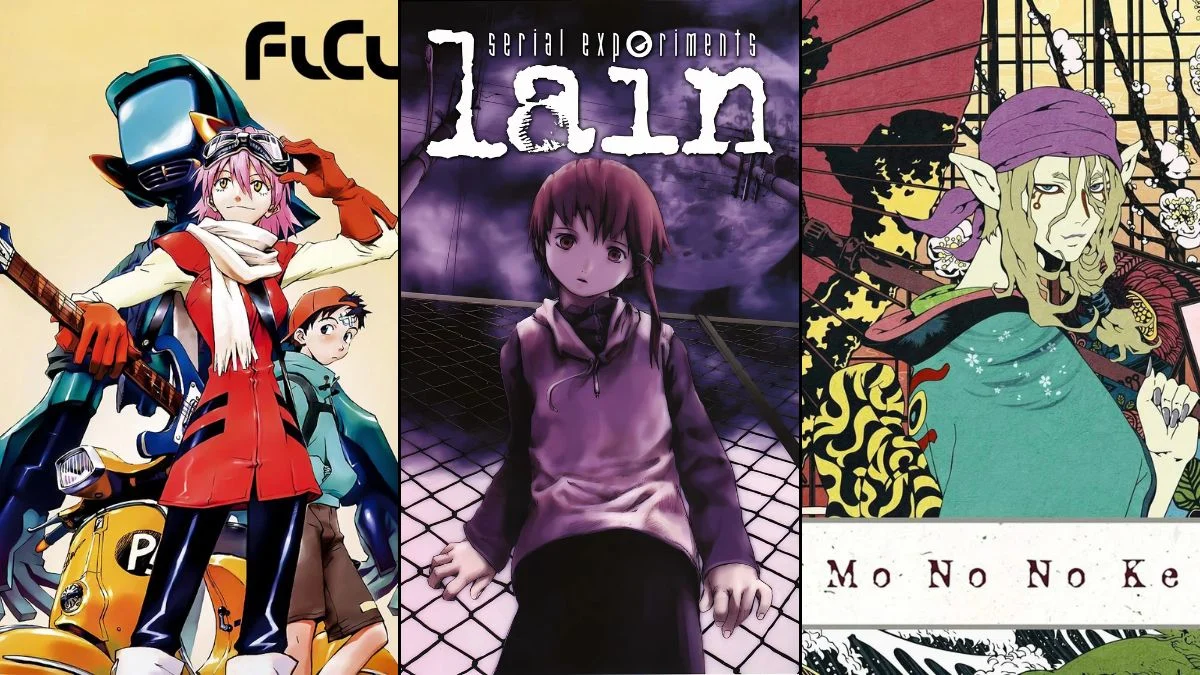
Certain anime completely distort reality, creating a disorienting and dreamlike experience. They combine bizarre imagery, confusing narratives, and concepts that feel like faded memories. This list highlights shows and films that defy conventional storytelling – from brief shorts to beloved series and one-season wonders – all of which continue to fascinate audiences even today.
You’ll discover shows that reimagine internet culture as magical stories, comedies that use unexpected humor, and dramas that develop like puzzles. To help you choose, each entry explains what the show is about, how it’s created, and who the key creative people are, so you can pick the kind of unusual content you’d like to watch next.
‘Serial Experiments Lain’ (1998)

This show centers around a shy student who gets unexpectedly connected to the Wired, a worldwide network similar to the internet. It delves into themes of who we are, our memories, and modern myths, using short, disjointed episodes that switch between the real world and online environments. The narrative employs hushed stories, puzzling emails, and cutting-edge technology to demonstrate how our online lives can merge with our identities.
Ryutaro Nakamura directed the series, with character designs from Yoshitoshi ABe and scripts by Chiaki J Konaka. The production team used a subdued color palette, desolate suburban settings, and a striking sound design to establish a cold, detached atmosphere. Instead of providing immediate answers, the show unfolds through an episodic format that gradually reveals clues, making it a significant work in late 90s cyberpunk anime.
‘FLCL’ (2000–2001)
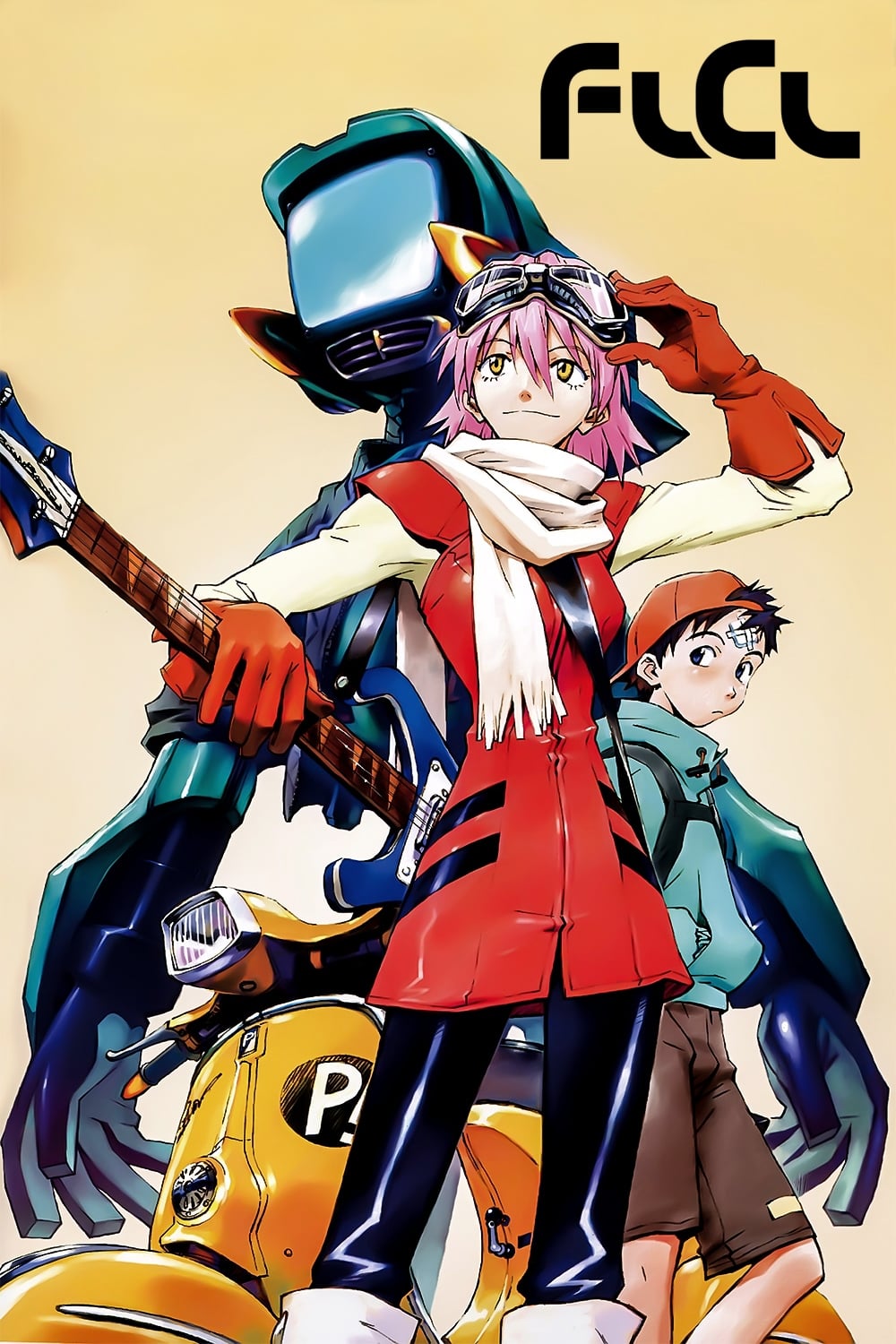
The story kicks off with a bizarre event: a woman on a Vespa hits a boy in the head with a bass guitar, causing robots to sprout from his forehead. Each installment feels like a music video, blending themes of growing up with unexpected science fiction action. The show’s comedy ranges from dry wit to over-the-top visual humor, all while following the boy as he clumsily navigates the challenges of becoming an adult.
The original series consisted of six episodes and was a collaboration between Gainax and Production I G, with Kazuya Tsurumaki as the director. The animation style uniquely combines traditional hand-drawn techniques with fast-paced editing and freeze frames reminiscent of manga. Adding to the energetic feel, The Pillows deliver a rock soundtrack carefully synchronized with the editing, creating a distinctive, fast-paced rhythm for the action sequences.
‘The Tatami Galaxy’ (2010)
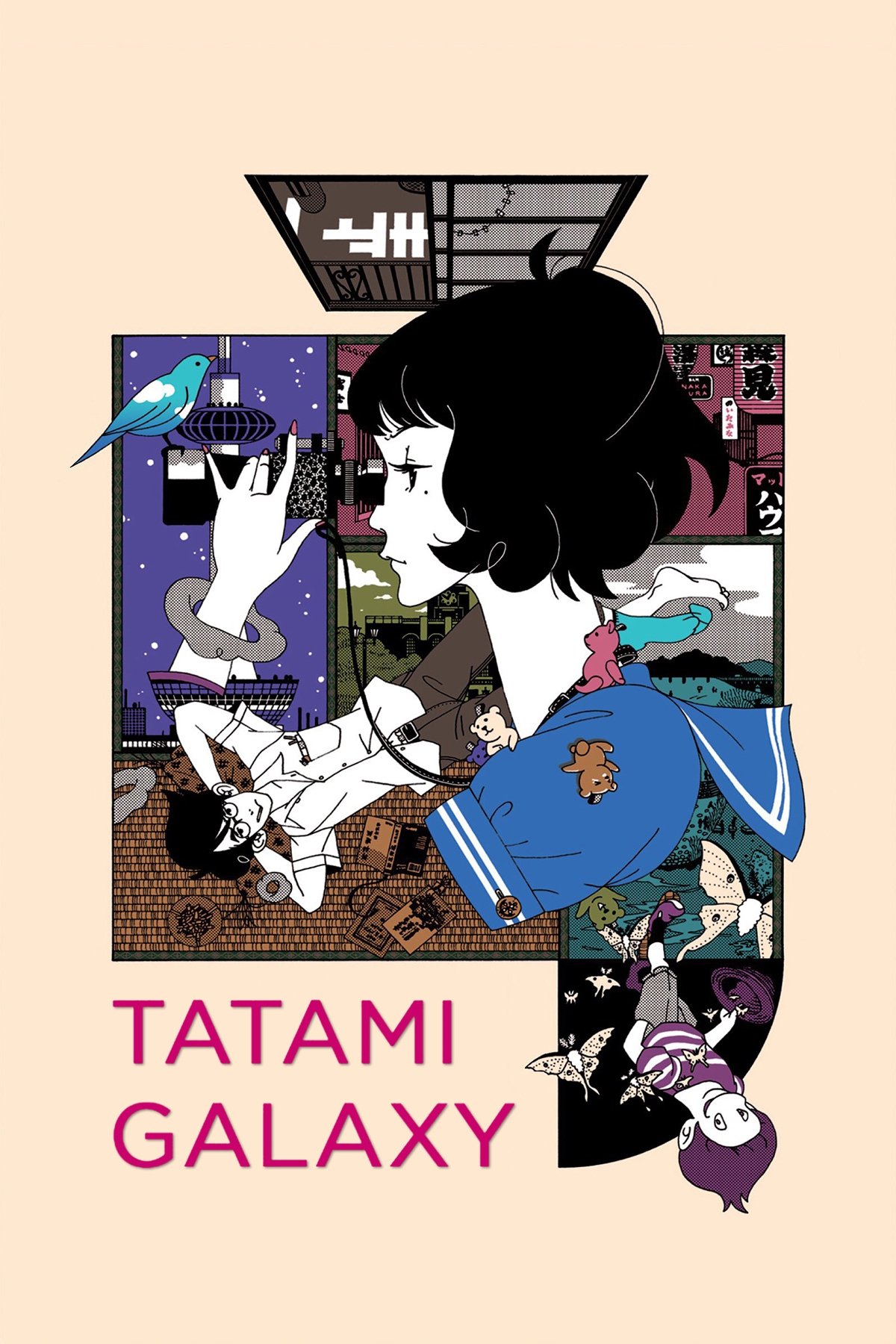
A college student, whose name we don’t know, keeps reliving campus life with each reset after he makes a mistake. Each time time loops, his clubs, friends, and relationships change, but little details remain – almost like hints. The fast-paced conversations and unusual camera angles make you feel like everything is happening quickly as he desperately tries to find a perfect outcome, but it always seems just out of reach.
Director Masaaki Yuasa brought Tomihiko Morimi’s novel to life, collaborating with key members of Science Saru (who were then at Madhouse). The animation uses vibrant color blocks and distinctive backgrounds, visually shrinking spaces to reflect the story’s themes. A follow-up story expands on this world, featuring familiar characters and the same narrator, creating a cohesive and connected narrative loop. More details can be found here.
‘Mononoke’ (2007)
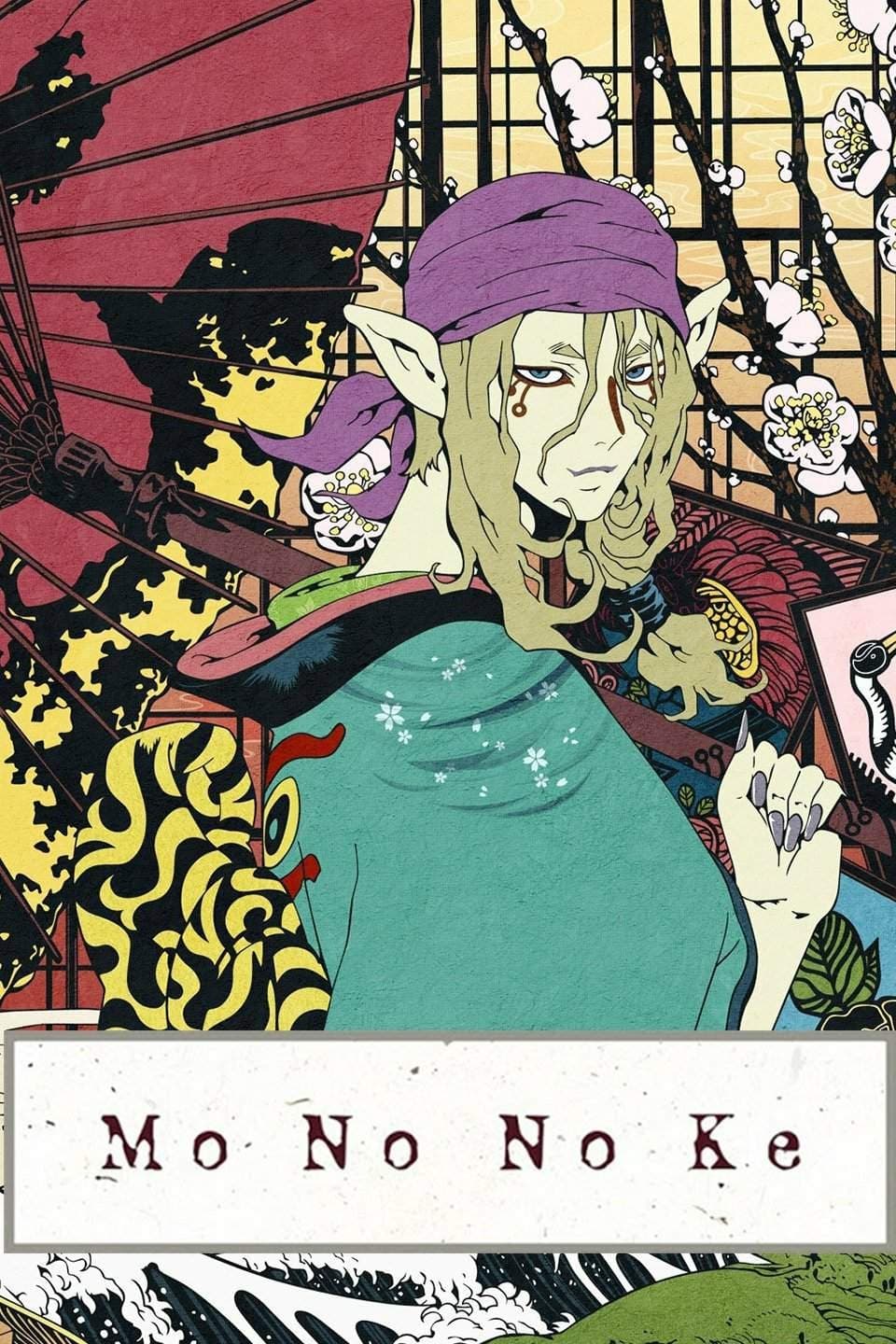
A wandering medicine seller journeys through historical Japan, eliminating mononoke (spirits) by discovering their form, the story behind their existence, and the cause of their lingering presence. Each story unfolds like a theatrical performance, featuring uniquely designed sets that resemble intricate, textured prints. The cases involve crimes of passion, acts of treachery, and deep-seated resentments that manifest as patterns the seller must identify and resolve to put the spirits to rest.
Kenji Nakamura, directing at Toei Animation, creates a distinctive style using art inspired by ukiyo e, rich textures, and unique transitions that slide across the screen. Each episode is structured as a separate, self-contained story, featuring its own color scheme and recurring themes. The visuals are packed with repeated images and symbols that connect to the specific rules governing each unsettling tale.
‘Kaiba’ (2008)
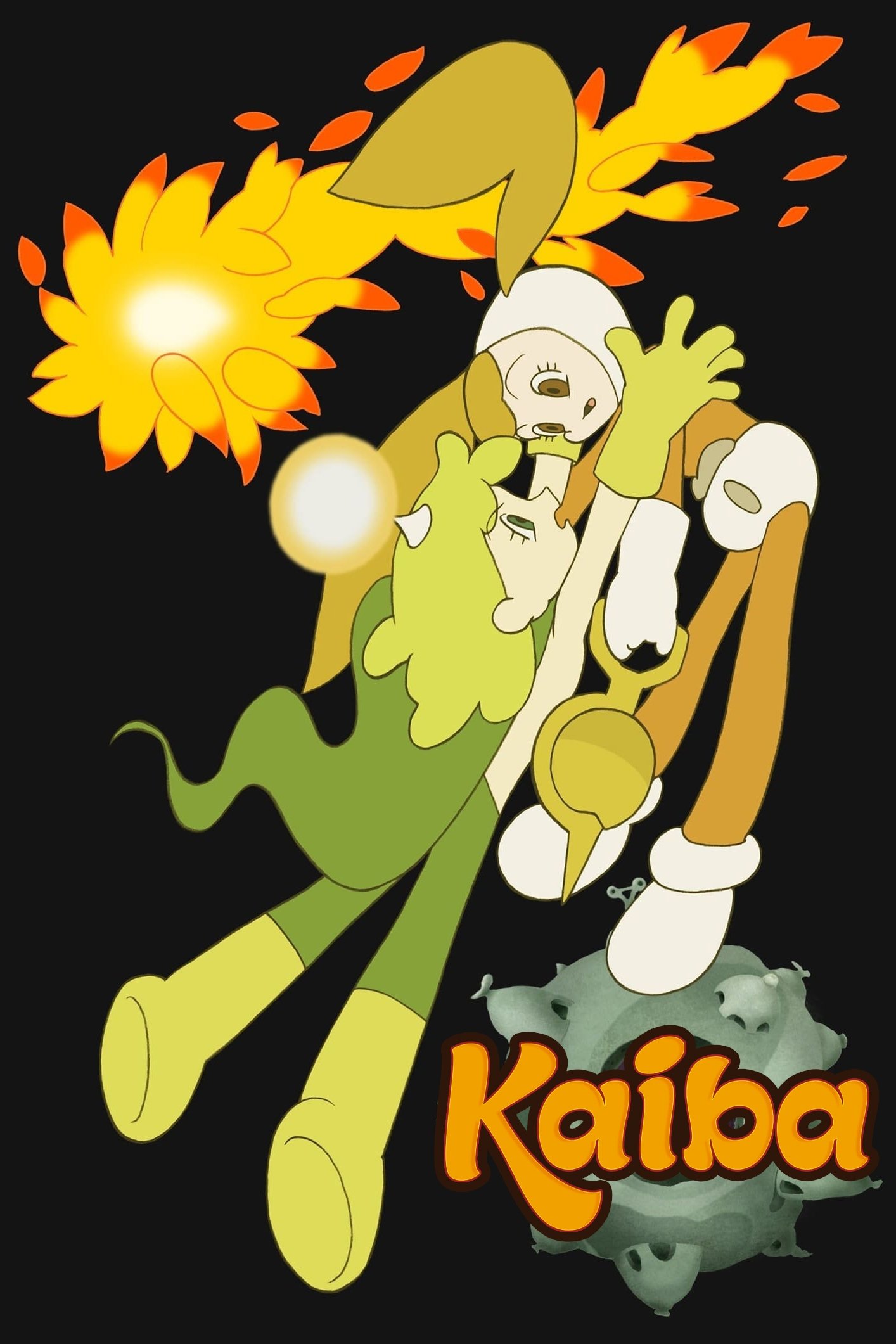
Imagine a world where memories aren’t just experiences, but things you can save and trade. This is the reality for a young boy who awakens with a missing past and a strange emptiness inside. He navigates a society sharply divided by class, where people are treated as replaceable and identity itself can be bought and sold. His travels connect a series of intimate stories, showing how these memory markets fundamentally alter the nature of love and power.
Masaaki Yuasa’s direction features character designs that initially appear gentle and rounded. The animation style is inspired by classic cartoons but explores complex science fiction themes. Fluid movement and subtle outlines help convey emotions effectively, even as the story shifts between different planets and time periods.
‘Mind Game’ (2004)
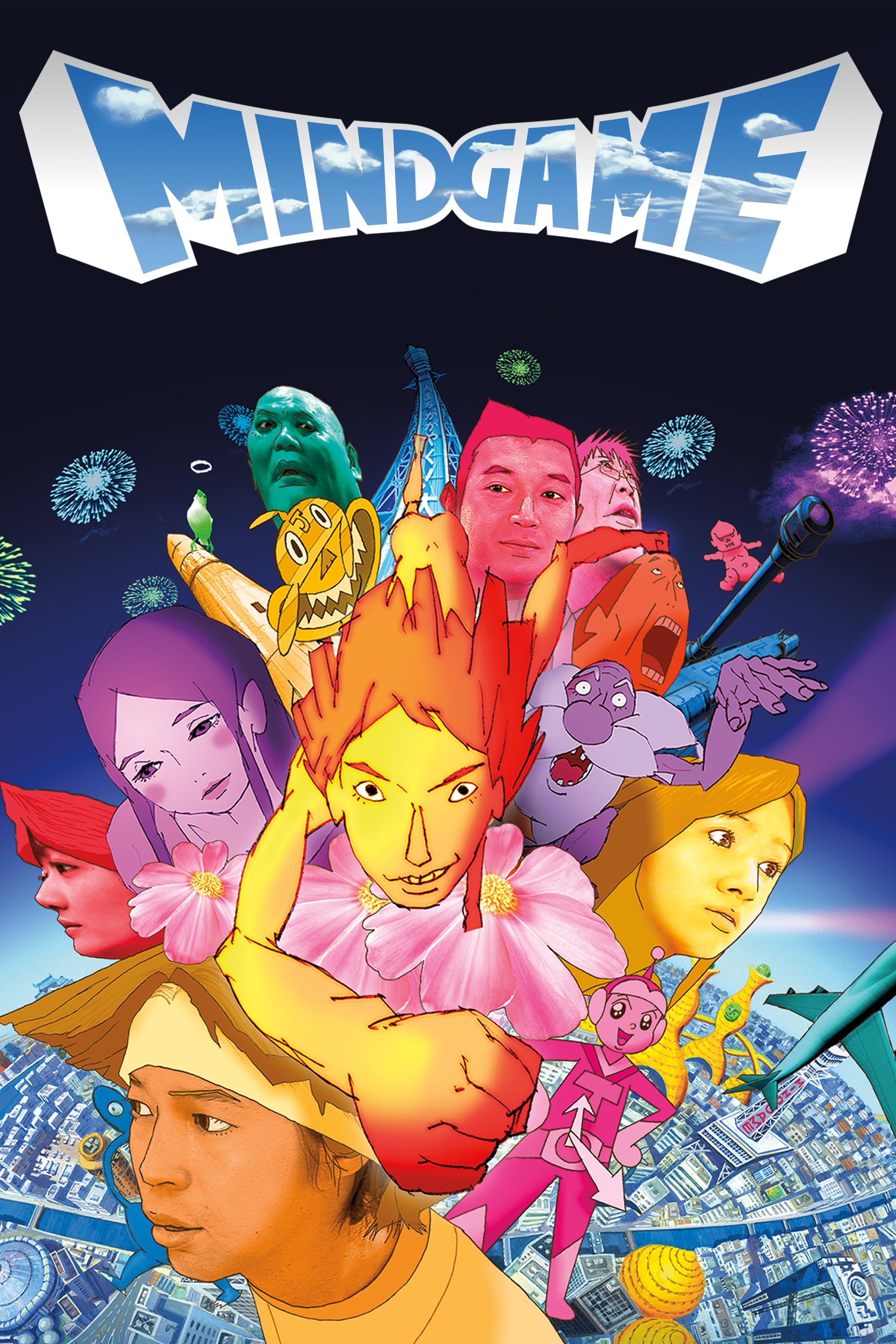
Following a disappointing date and a dangerous run-in with criminals, a young man embarks on a frantic spiritual journey. The story is told using a variety of cinematic techniques – changing film types, animation styles, and camera angles – as he and two sisters try to outrun a whale and pursue their dreams. The narrative plays with time, expanding and compressing moments to illustrate how even one choice can have far-reaching consequences.
Studio 4°C creates its work with director Masaaki Yuasa at the helm, guiding a team of animators who freely experiment with different artistic methods. The film blends various techniques-like real-life footage alongside painted scenes and quick pencil sketches. The final product is a feature film that sees animation not as a single style, but as a versatile set of tools, allowing any technique to emphasize a change in emotion or a character’s destiny.
‘Cat Soup’ (2001)
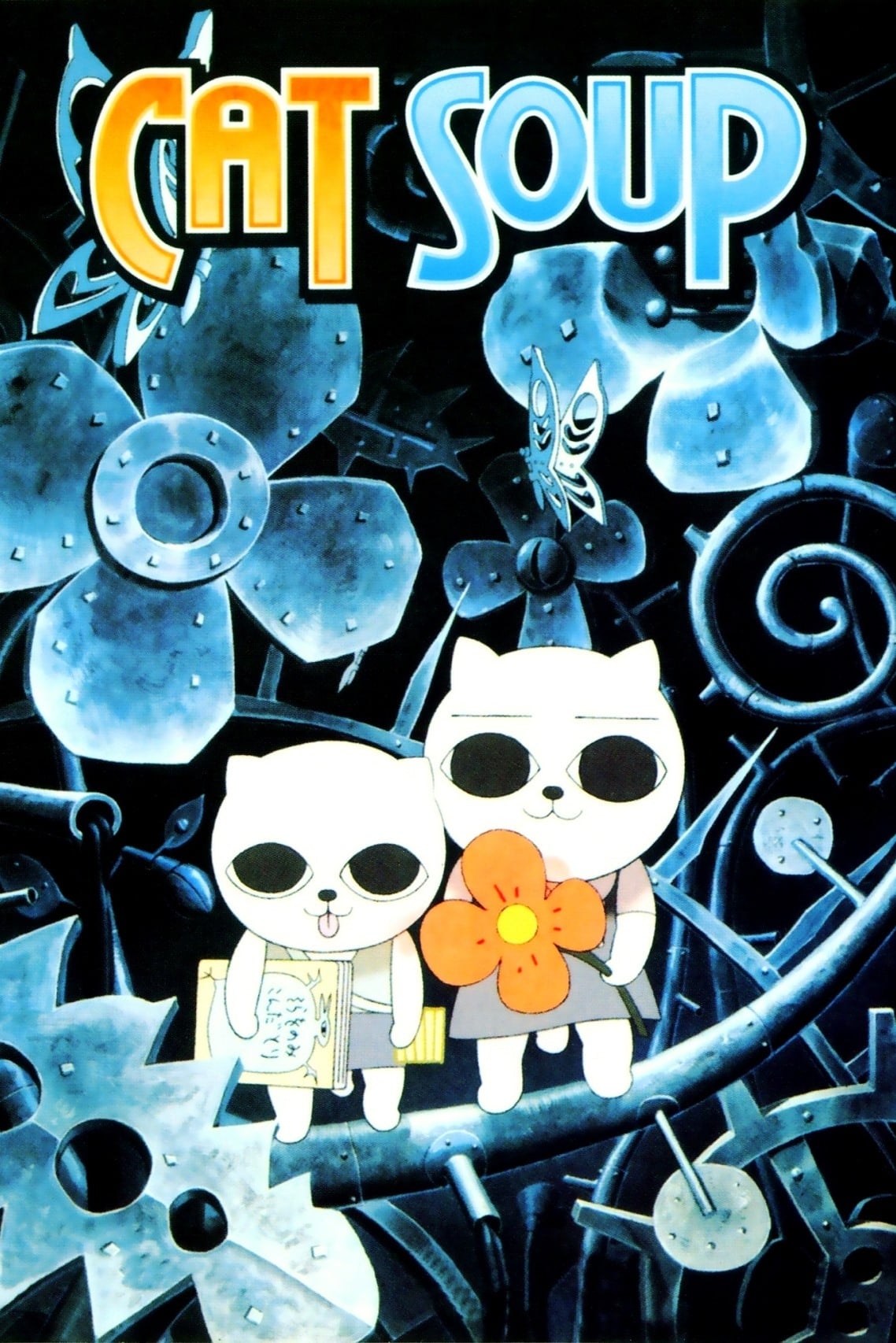
A little cat and his sister embark on a silent journey across a strange world to get back her stolen soul. They travel through deserts, bustling carnivals, and peaceful rooms where time seems to pause and begin again. The story unfolds with very little talking, and events happen in a way that feels more like a dream than reality, where things don’t always follow a logical order.
This short film is created by Tatsunoko Production and inspired by the work of manga artist Nekojiru. Instead of directly explaining things, the film relies on visual storytelling, using meaningful objects and carefully arranged scenes. The music and sound are key to creating the atmosphere, allowing the visuals to shift between charming and unsettling without needing explanation.
‘Angel’s Egg’ (1985)
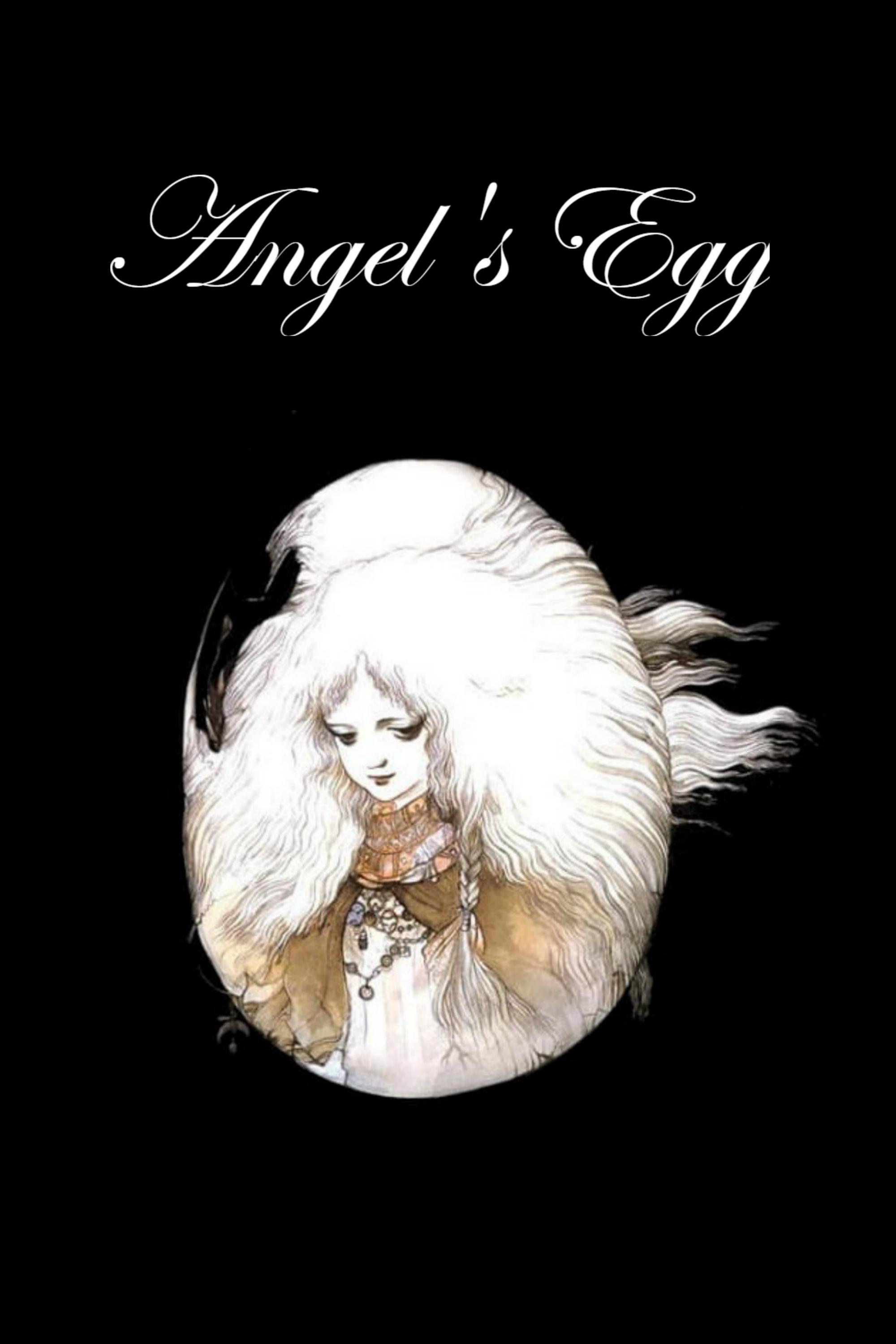
A young girl carefully carries a large egg as she walks through an abandoned city filled with statues and water. She is joined by a soldier who keeps his true beliefs to himself, and together they explore ideas about faith and what it means to lose something. The movie doesn’t rely on much dialogue; instead, it uses the buildings and the play of light and shadow to tell the story and express its deeper meanings.
Director Mamoru Oshii and artist Yoshitaka Amano team up to produce a distinctly gothic visual style and a deliberately slow rhythm. Extended shots and subtle movement elevate even the smallest actions, making them feel significant. The film prioritizes creating a mood and feeling over a complex storyline, solidifying its place as an important work of art within animation. It’s a film focused on atmosphere rather than plot, which is key to its artistic value.
‘Dead Leaves’ (2004)
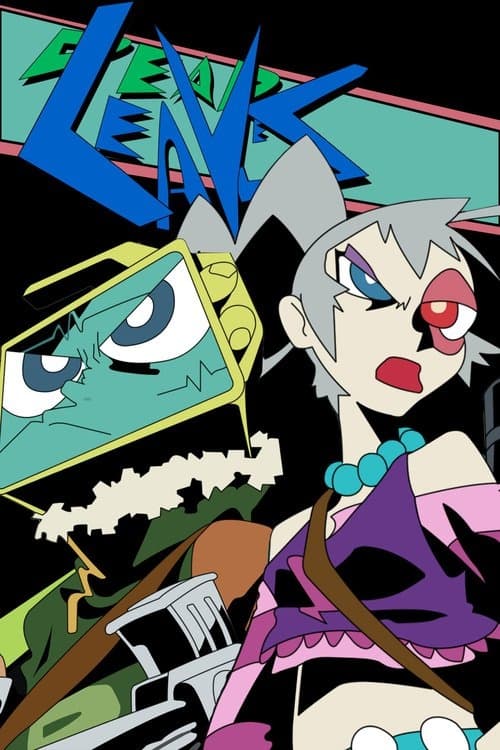
Two people with no memories suddenly find themselves naked on Earth. They steal a motorcycle and their journey leads them to a chaotic prison on the moon. The film is filled with fast-paced action, featuring both intense fights and silly, comedic moments, all while the prison is packed with guards and bizarre prisoners. The plot moves quickly from an escape attempt to a final confrontation, never slowing down. It’s a whirlwind of energy and non-stop excitement.
Director Hiroyuki Imaishi and Production I G create a visually striking style with bold lines, dynamic movement, and sharp angles. The editing is fast-paced, cutting directly into the action, and the screen is filled with a lot of visual detail. The show is relatively short and prioritizes energetic action and quick, humorous moments, presenting them in rapid succession.
‘Pop Team Epic’ (2018–2023)

Two petite performers create comedic sketches that playfully imitate anime, video games, and trends from the internet. Their skits frequently use a circular structure, revisiting earlier ideas. Episodes often re-use content, but with different voice actors and minor tweaks, turning the repetition itself into the punchline. The show’s format features fabricated opening sequences, parody commercials, and unexpected changes in presentation style.
This series is based on Bkub Okawa’s four-panel manga, with animation segments created by Kamikaze Douga and other studios. Live-action scenes and appearances by guest animators are featured throughout the episodes. The way the show is broadcast is actually a part of the humor, as the first and second halves of each episode are similar, but feature different actors.
‘Bobobo-bo Bo-bobo’ (2005–2007)
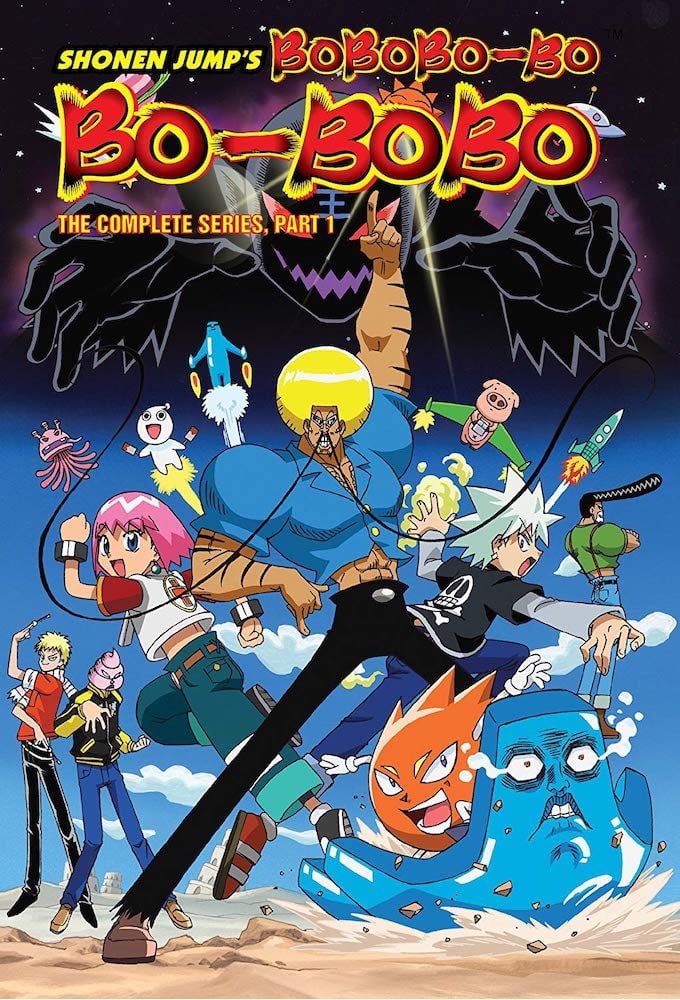
A rebel fights against a powerful organization obsessed with hair removal, using unique nose hair-based combat skills and gathering a team of unusual companions. Each installment mixes action sequences with comedic interruptions and unexpected diversions. The humor relies heavily on clever wordplay, visual gags, and frequently breaking the fourth wall to acknowledge the audience.
Toei Animation brings Yoshio Sawai’s manga to life with vibrant colors and over-the-top character expressions. The show maintains a quick pace, ensuring that even niche jokes get a laugh. The monster of the week format provides a framework for what could easily be considered a series of comedic sketches.
‘Excel Saga’ (1999–2000)
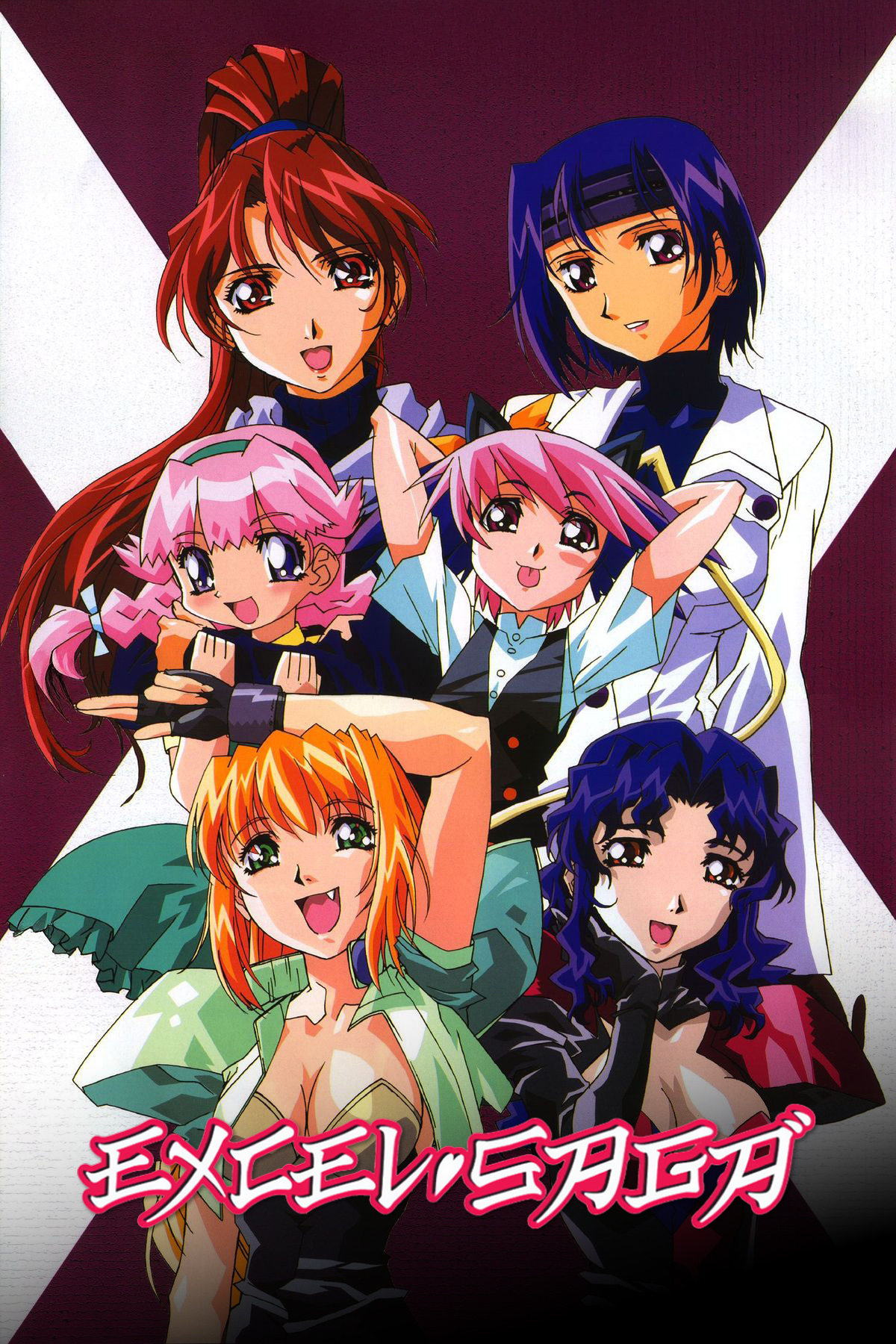
A clandestine group attempts to control a city using constantly shifting plans and themes each week. The show playfully imitates spy movies, sporting events, and large-scale science fiction stories, all while the main characters somehow keep succeeding despite their blunders. Throughout the series, we also follow running gags about a frustrated neighbor and a remarkably lucky dog who constantly escapes perilous situations.
Director Shinichi Watanabe adapts Rikdo Koshi’s manga into a self-aware variety show, complete with end cards and disclaimers. Each episode centers around a specific theme and features a matching production trick – things like changes to the screen’s shape or specific musical signals. The show playfully explores the boundaries of television format, asking how much a series can experiment while still telling a complete story each week.
‘Paranoia Agent’ (2004)
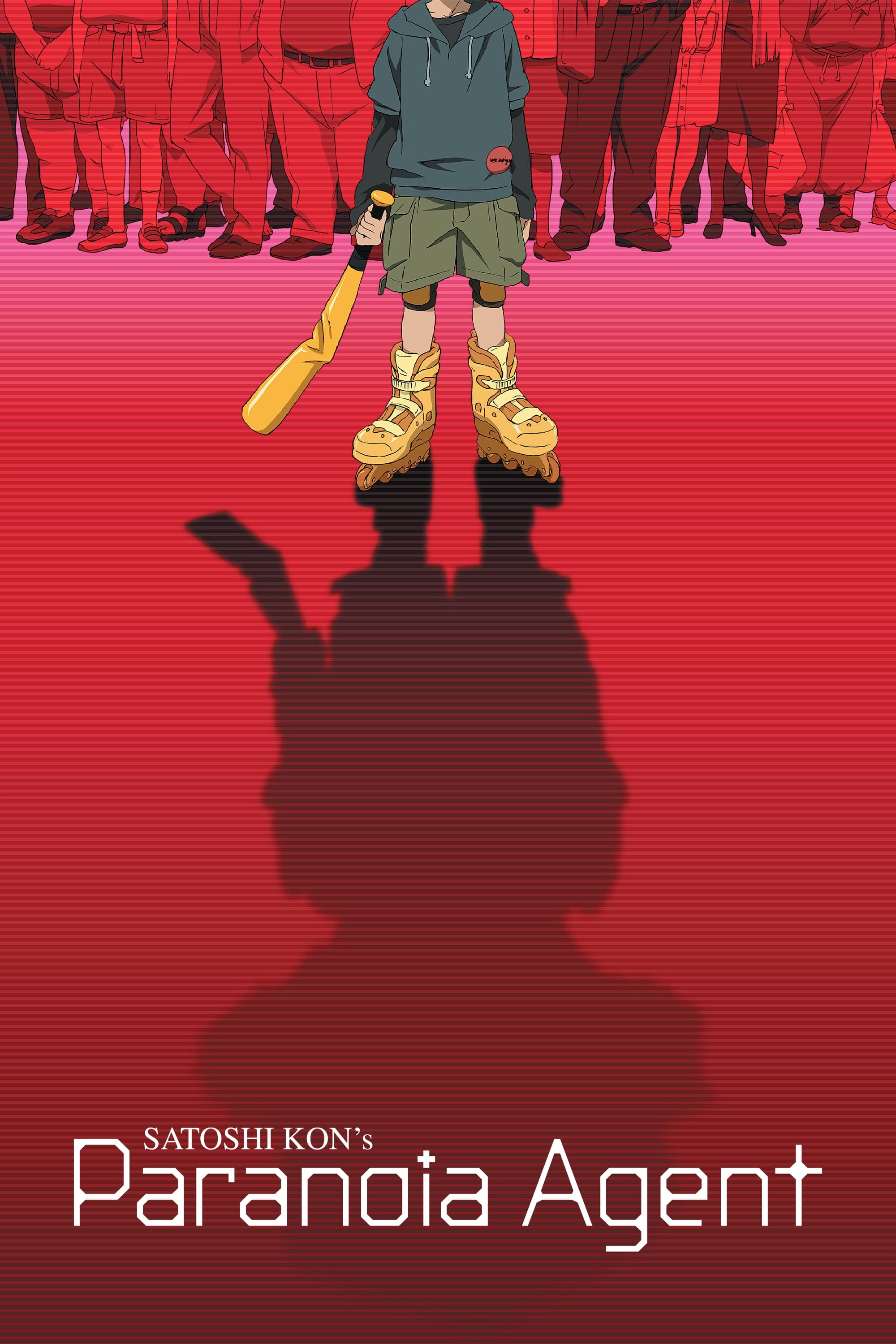
A city is terrorized by a boy on rollerblades wielding a golden bat. As detectives investigate, the personal struggles of the victims manifest in surreal ways and are amplified by gossip. The story unfolds as a series of standalone episodes, each offering a glimpse into how fear and the media influence and reinforce each other.
Satoshi Kon, directing at Madhouse, applies his film editing skills to the speed of television. The line between reality and imagination blurs with seamless transitions and recurring sounds. The ending reveals a common source for all the mysteries, but primarily explores the social impact that followed the events. It’s a clever blend of style and substance.
‘Boogiepop Phantom’ (2000)
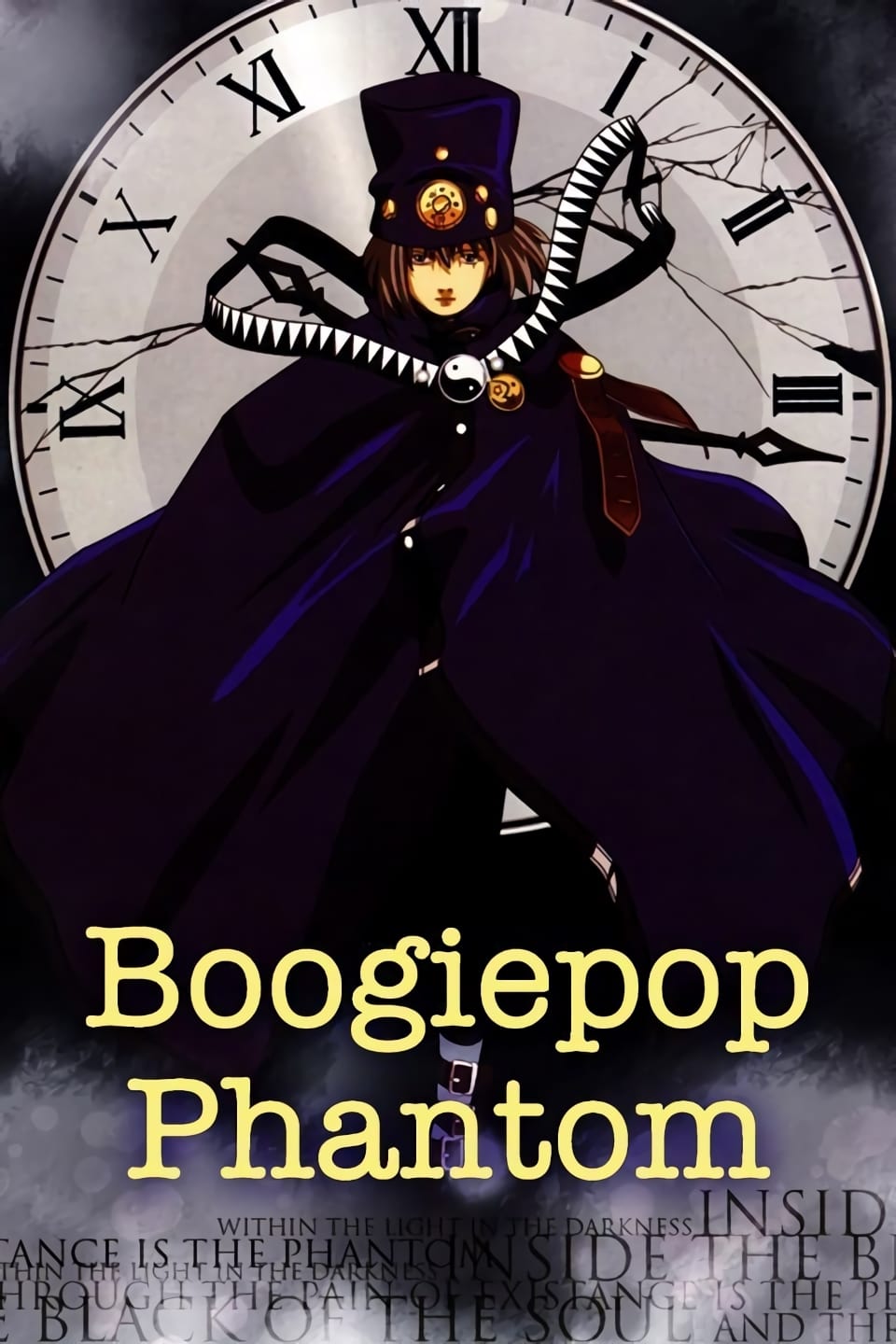
A city is disturbed by mysterious lights and disappearing students, fueling the spread of local legends. The narrative unfolds through interwoven timelines and multiple perspectives, revealing the same events from various viewpoints. The horror relies heavily on eerie sound design and deliberately prolonged, still shots.
This series is based on light novels written by Kouhei Kadono and directed by Takashi Watanabe. The use of sepia filters and muted colors creates a washed-out feel for nighttime scenes. The story doesn’t unfold chronologically, encouraging viewers to connect the dots and understand how events lead to one another, with the crucial turning point revealed in the later episodes.
‘Revolutionary Girl Utena’ (1997)
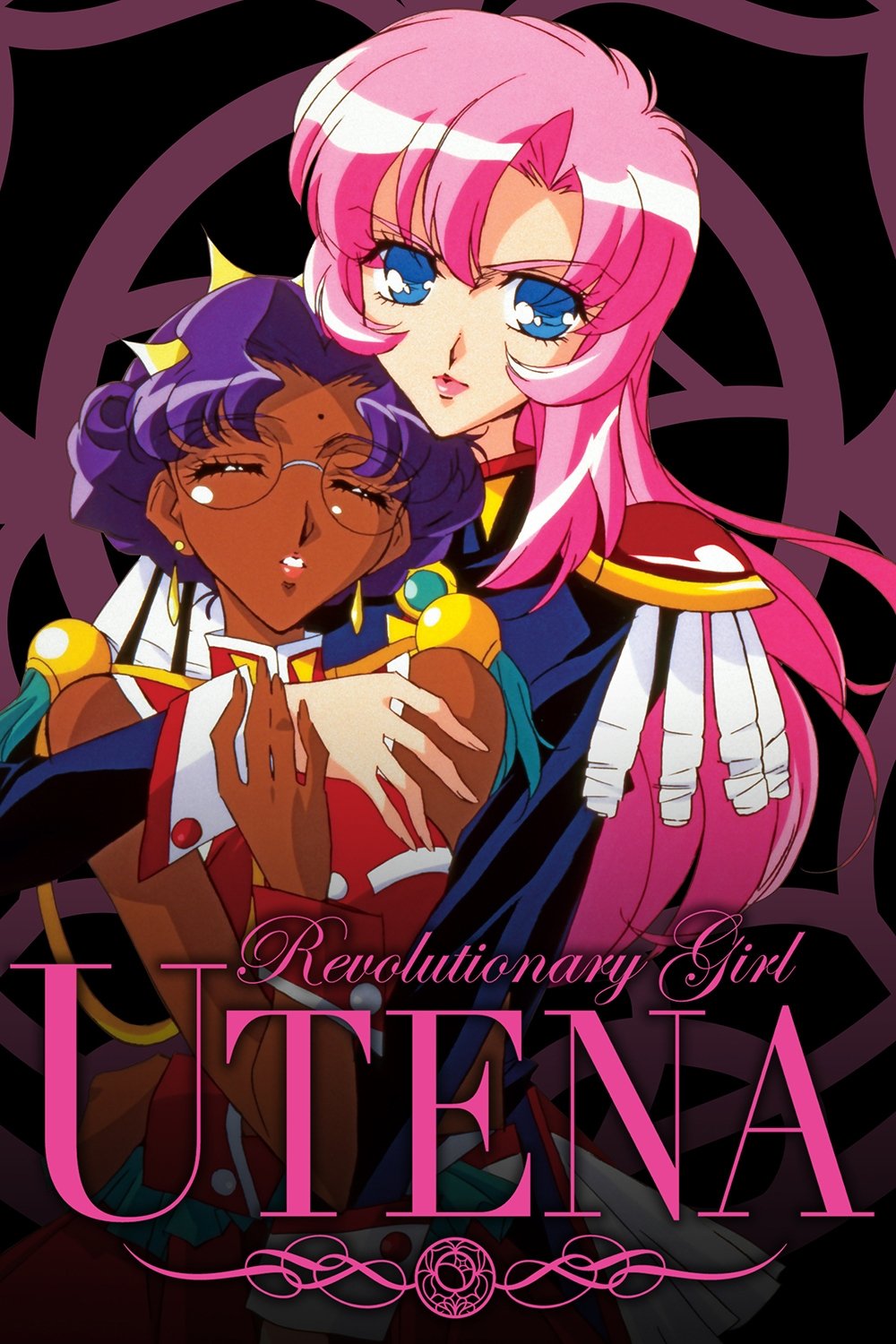
A student participates in sword fights at a strange and dreamlike school, all to safeguard a fellow student who is connected to a significant, universal destiny. The school grounds constantly change, almost like a theater set, and ceremonies are re-enacted with slight variations as the characters’ connections deepen. Recurring images, like roses and mirrors, symbolize themes of power, gender roles, and how people present themselves, all within the strict guidelines of the school.
Kunihiko Ikuhara’s direction, alongside Be Papas, blends dramatic presentation with recurring musical themes. The visuals feature swirling backgrounds and staircases that extend into unrealistically vast areas. The show’s design portrays the academy as a metaphorical mechanism that reshapes characters via its combat system.
‘Mawaru Penguindrum’ (2011)

I just finished watching this fascinating series about two brothers desperately trying to care for their sister. Her life is unexpectedly prolonged thanks to a strange hat, but it comes with a catch – the hat demands they complete a specific task. What follows is a really compelling search for something called the Penguindrum, which unravels a lot of painful history and exposes a web of secrets held by a group of adults. The whole thing is wonderfully bizarre because penguins keep showing up – they’re like silent guides and visual clues, always hinting at what’s happening and how everything connects. It’s a beautifully crafted mystery!
Director Kunihiko Ikuhara and Brain’s Base frequently employ recurring symbols like trains, apples, and various signs. The series skillfully shifts between lighthearted comedy and intense flashbacks, all while exploring themes of destiny and free will. Shared imagery throughout the episodes creates a cohesive pattern that ultimately comes together in the concluding story arc. This technique enhances the viewing experience and provides a deeper understanding of the narrative.
‘Sarazanmai’ (2019)
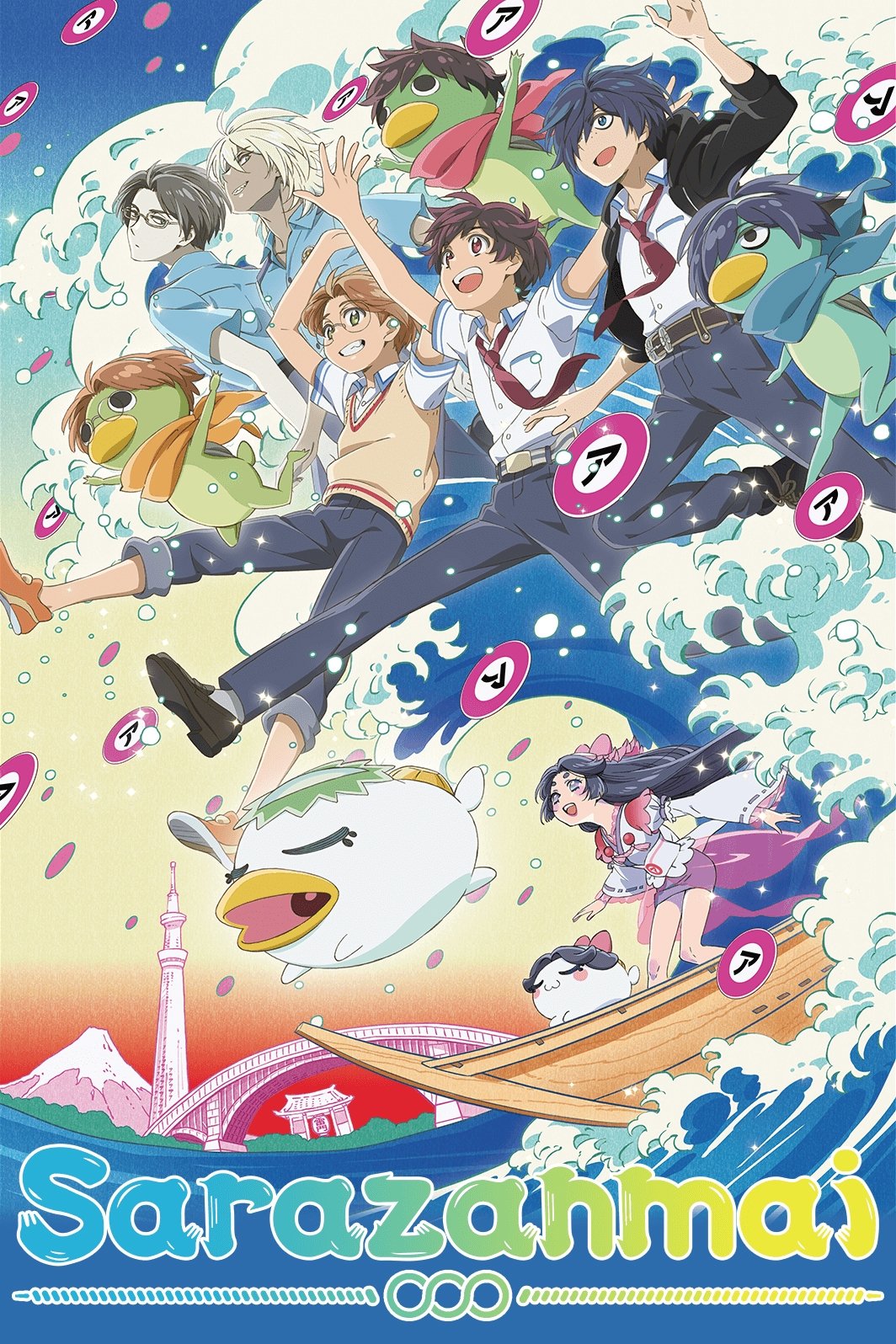
Three boys encounter a kappa prince and are tasked with obtaining dishes brimming with desire from monsters created by hidden secrets. Each installment features a transformation, a specific mission, and a confession that links each monster back to a human’s personal story. Meanwhile, police officers unexpectedly perform musical numbers that hint at a separate, unfolding plot that runs parallel to the boys’ adventures.
MAPPA handles the animation, with Kunihiko Ikuhara as the director. ReoNa and other musicians provide songs that are carefully woven into the scenes. The series features on-location shooting in real places in Asakusa, which makes the fantastical parts feel more connected to reality. Recurring dance sequences and props are used to symbolize a repeating cycle, mirroring the characters’ development.
‘Kemonozume’ (2006)
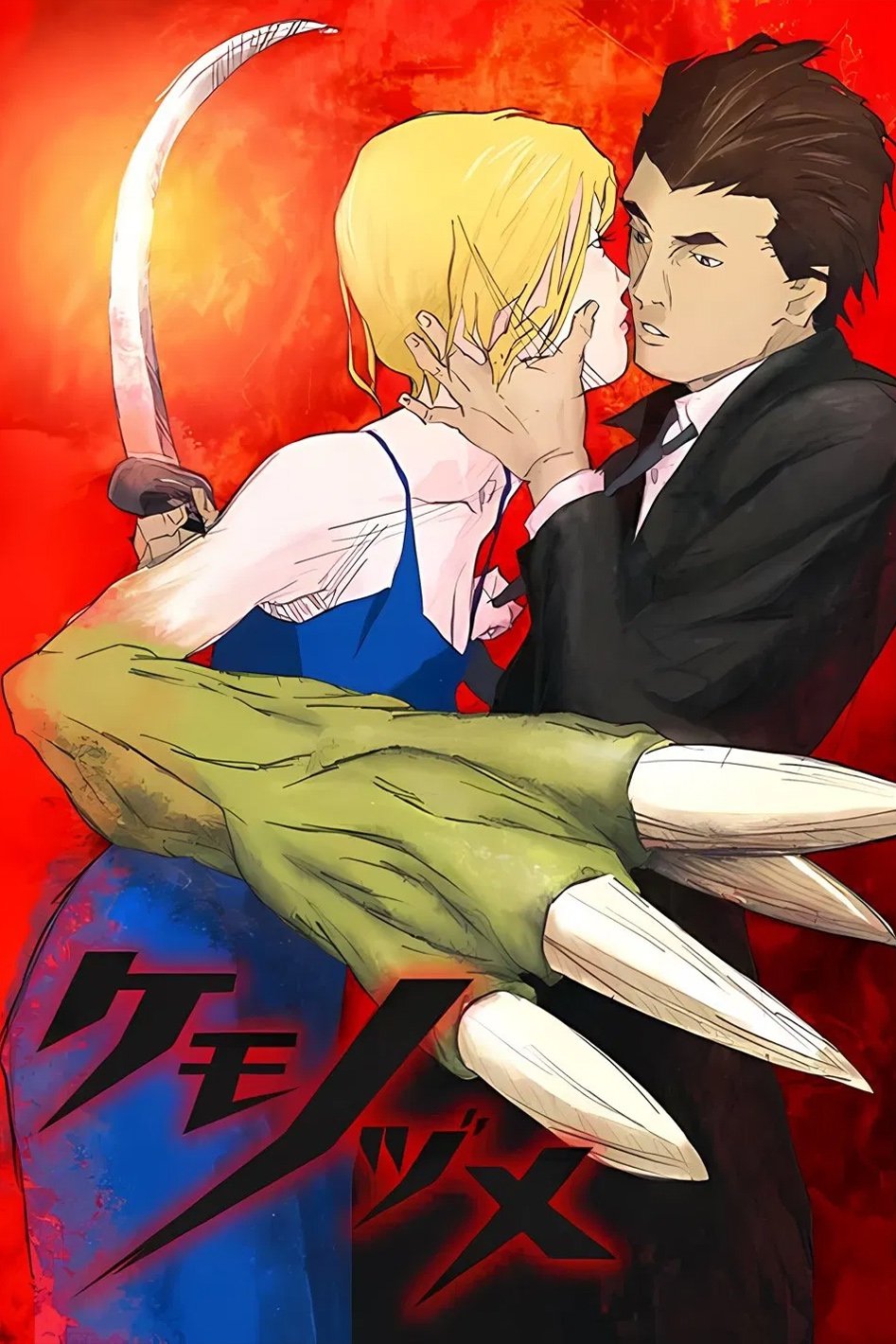
A hunter who tracks monsters finds love with a creature that eats human flesh, and their relationship creates problems with both of their communities. The story’s visual style changes to reflect the emotions, moving from simple pencil sketches to more detailed painted scenes. Action sequences feature dynamic, less-refined animation, prioritizing a sense of impact and immediacy over perfect smoothness.
Masaaki Yuasa helms the direction at Madhouse, employing a unique, experimental style that intentionally leaves visible sketch marks and smears. The music and editing create a compelling rhythm, allowing calm moments to unfold before impactful scenes of violence. The overall design enhances a serious, dramatic storyline within the framework of a creature feature premise.
‘The Flowers of Evil’ (2013)
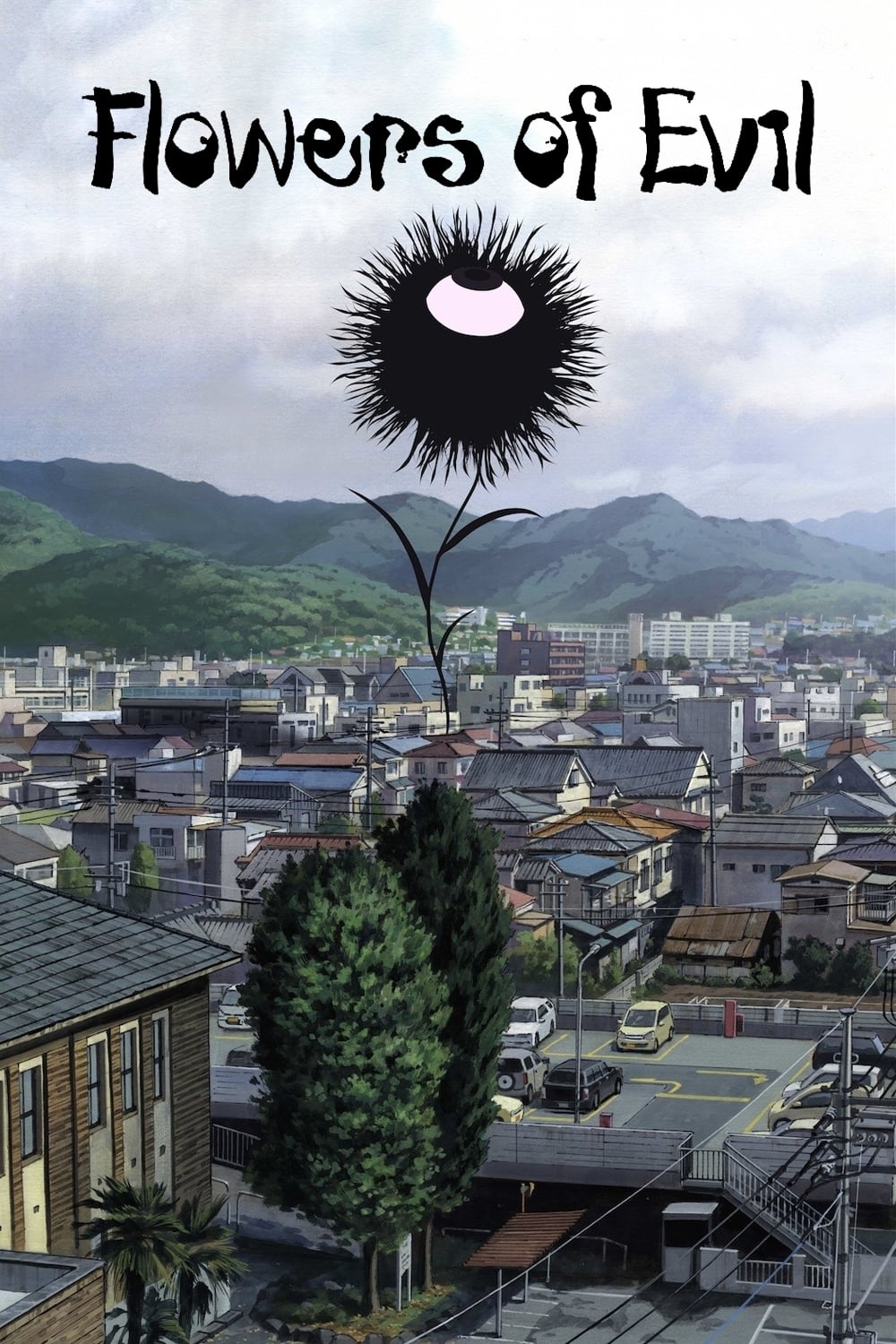
A studious boy enters into an agreement with a classmate, but the classmate uses blackmail after discovering the boy stole a girl’s gym clothes. The series employs a technique called rotoscoping – tracing over live-action film – creating movements that appear realistic yet strangely unsettling. While the settings, like towns and classrooms, seem normal, the rotoscoping makes the characters’ emotions feel much more intense.
Director Hiroshi Nagahama and studio Zexcs brought Shuzo Oshimi’s manga to life using extended shots and a very subtle soundtrack. The animation technique of rotoscoping-tracing over live-action footage-makes this series stand out from typical school-based stories and caused quite a buzz when it first appeared. This stylistic choice enhances the story’s themes of shame and obsession, making even the smallest looks and gestures feel intensely authentic and uncomfortably realistic. It’s a truly unique approach.
‘Popee the Performer’ (2000–2001)
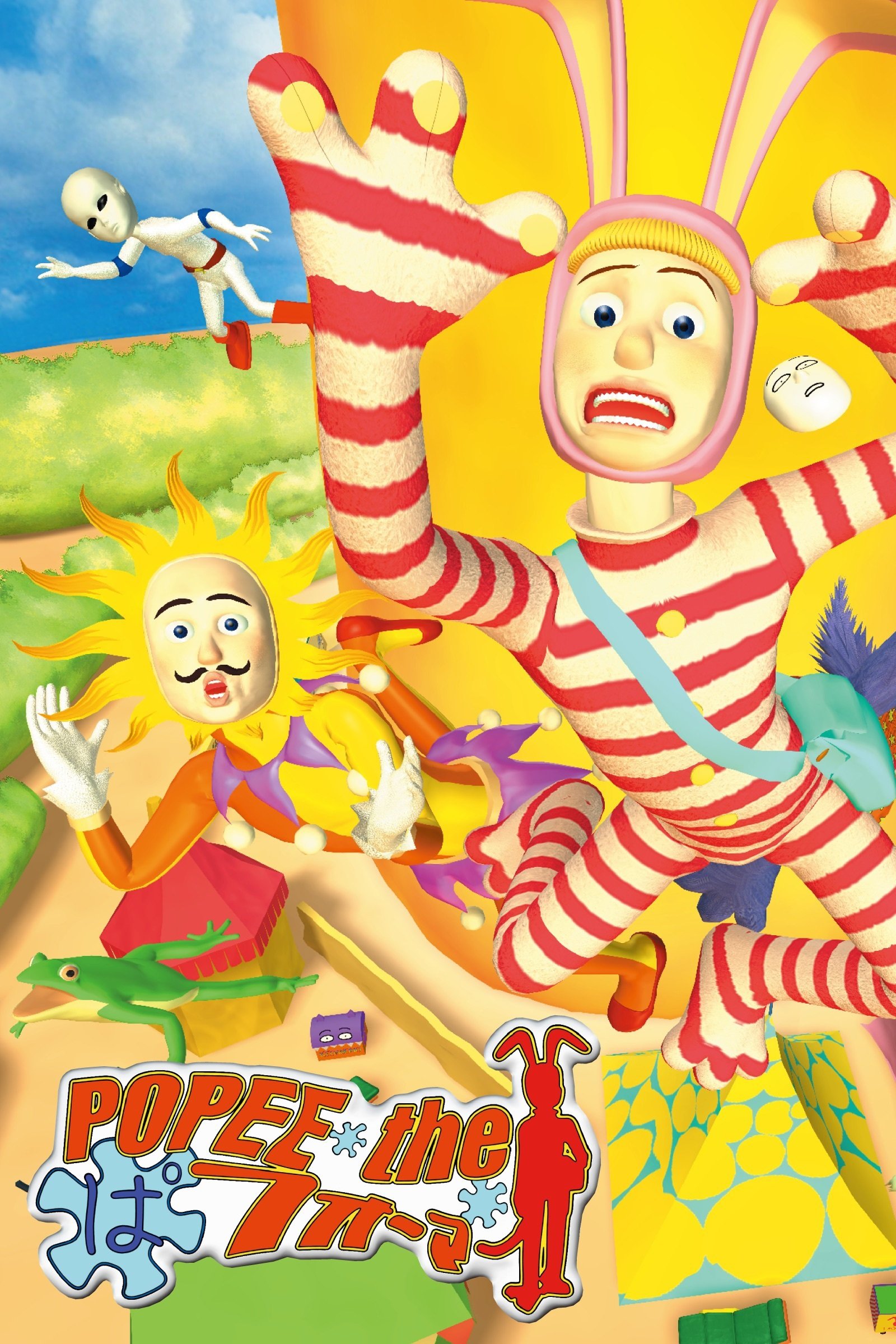
Okay, so picture this: I just saw this really unique little film. It’s about a clown and a wolf – yeah, a wolf! – putting on a circus show on this tiny stage out in the desert. But things go wrong, and I mean quickly wrong. It’s all done in these short, repeating bits where something goes haywire, everything resets, and then *bam*, a new prop appears and it starts all over. There’s hardly any talking; it’s all about the timing and this sort of…well, let’s call it ‘visual slapstick’ – it’s funny, but definitely leans into the accidents and repeats the gags in different ways. It’s a surprisingly engaging experience, even without a ton of plot!
This series is a 3D production with a limited budget, created by Ryuji Masuda. It uses basic models and strong, contrasting lighting. The humor often relies on music and sound effects. Because each episode is short and focused, it’s easy to share, and even slight changes in the familiar format become the focus of each sketch.
Share your picks for the strangest anime you have seen in the comments.
Read More
- Silver Rate Forecast
- Gold Rate Forecast
- Красный Октябрь акции прогноз. Цена KROT
- MSCI’s Digital Asset Dilemma: A Tech Wrench in the Works!
- Dogecoin’s Big Yawn: Musk’s X Money Launch Leaves Market Unimpressed 🐕💸
- Bitcoin’s Ballet: Will the Bull Pirouette or Stumble? 💃🐂
- Guardian Wealth Doubles Down on LKQ Stock With $1.8 Million Purchase
- Binance and Botim Money Join Forces: Crypto in the UAE Gets a Boost-Or Does It? 🚀
- Twenty One Capital’s NYSE debut sees 20% fall – What scared investors?
- Monster Hunter Stories 3: Twisted Reflection gets a new Habitat Restoration Trailer
2025-10-03 00:53